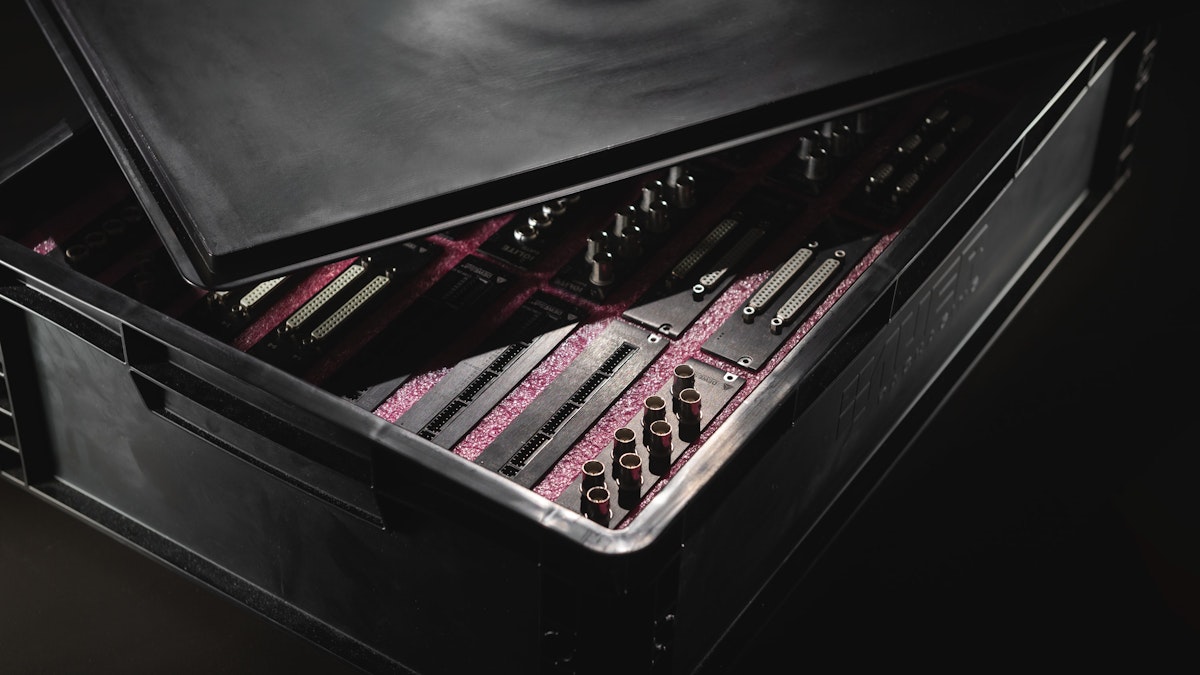Table of contents
Browse categories
Browse authors
 AB
ABAlberto Boffi
 AL
ALAlessia Longo
 AH
AHAl Hoge
 AB
ABAljaž Blažun
 BJ
BJBernard Jerman
 BČ
BČBojan Čontala
 CF
CFCarsten Frederiksen
 CS
CSCarsten Stjernfelt
 DC
DCDaniel Colmenares
 DF
DFDino Florjančič
 EB
EBEmanuele Burgognoni
 EK
EKEva Kalšek
 FB
FBFranck Beranger
 GR
GRGabriele Ribichini
Glacier Chen
 GS
GSGrant Maloy Smith
 HB
HBHelmut Behmüller
 IB
IBIza Burnik
 JO
JOJaka Ogorevc
 JR
JRJake Rosenthal
 JS
JSJernej Sirk
 JM
JMJohn Miller
 KM
KMKarla Yera Morales
 KD
KDKayla Day
 KS
KSKonrad Schweiger
Leslie Wang
 LS
LSLoïc Siret
 LJ
LJLuka Jerman
 MB
MBMarco Behmer
 MR
MRMarco Ribichini
 ML
MLMatic Lebar
 MS
MSMatjaž Strniša
 ME
MEMatthew Engquist
 ME
MEMichael Elmerick
 NP
NPNicolas Phan
 OM
OMOwen Maginity
 PF
PFPatrick Fu
 PR
PRPrimož Rome
 RM
RMRok Mesar
 RS
RSRupert Schwarz
 SA
SASamuele Ardizio
 SK
SKSimon Kodrič
 SG
SGSøren Linnet Gjelstrup
 TH
THThorsten Hartleb
 TV
TVTirin Varghese
 UK
UKUrban Kuhar
Valentino Pagliara
 VS
VSVid Selič
 WK
WKWill Kooiker
Introducing Our Latest EtherCAT Accessories

August 11, 2023

EtherCAT Connectivity Instruments
The DS-HUBe7 and the ECAT Repeater are handy devices for the optimal distribution of Dewesoft’s EtherCAT measurement instruments in the field or the test lab.
The DS-HUBe7 uses the Beckhoff CU1128 EtherCAT junction and allows the connection of up to 7 EtherCAT devices in a star topology. The hub has the same form factor as the SIRIUS modular line of DAQ systems.
The front panel includes eight standard 8-pin LEMO connectors, familiar from the SIRIUS EtherCAT and KRYPTON lines of instruments. The first connector is for EtherCAT input (IN), and the other seven are the EtherCAT output (OUT). The OUT connectors also distribute power which allows the usage of standard EtherCAT cables for the connection of Dewesoft’s EtherCAT devices.
The ECAT Repeater, on the other hand, is used for extending the maximum possible distance between two EtherCAT devices, which usually is limited to 50 meters by the EtherCAT hybrid cables.
The ECAT Repeater is placed between two distant EtherCAT devices and acts as a signal amplifier, ensuring stable data transmission across distances above 50 m.
Being a rugged, inline device with an IP67 rating, it is suitable for applications such as railway monitoring, in which measuring devices are distributed throughout the chain of railroad cars.
Adapters
The 2xD37m-8xRJ45f and 2xD37m-8xRJ45f-QB-CAT-m are adapters mainly used to connect strain gauge sensors having an RJ45 connector. The reason for using RJ45 connectors is to speed up the installation time of high channel strain measurements, as crimping and connecting strain gages to RJ45 inputs can be done very quickly.
The 2xD37m-8xRJ45f breakout adapter allows full functionality of the host amplifier with two times D-SUB37 front connectors. The adapter fits with IOLITEr-8xSTGS-D37 or the IOLITEr-8xLVe-D37 modules in combination with the IOLITE-R8r chassis.
The 2xD37m-8xRJ45f-QB-CAT-m, on the other hand, is only suitable for quarter bridges, having a mirrored design suited to rewire the sensor in case the RJ45 connector gets damaged on one side. It fits on the IOLITEr-8xSTGS-D37 module in combination with the IOLITE-R8r chassis.
The D37m-4xD9f adapter simplifies the calibration of the IOLITE STGS-D37 module. The adapter has a male D-SUB37 connector to connect it to the IOLITE module and breakout lines to four female D-SUB9 connectors with Dewesoft’s standard pinout for universal and strain channels.
The D37m-4xD9f-TEDS has the same design and form factor but combines with the new IOLITE LVe-D37 module.
Both adapters are also suited for demonstrations allowing simple connection with existing D-SUB9 cables.
Mounts, storage boxes
The DS-MOUNT-K1 is an aluminum mounting plate for mounting the KRYPTON one product on top of the Dewesoft SIRIUS data acquisition systems.
The mount features a click mechanism compatible with the SIRIUS chassis: SIRIUS slices, R2, R4, SBOX, DS-BP2i, and DS-BP4i.
The DS-BOX-IOLITEr-32 is an anti-static container for storing up to 32 IOLITEr modules. The box is handy when IOLITEr slices are constantly swapped between different departments and need a shared storage space.
Cables
The D9f-2D9m-1.2m-CAN-DUAL-D is a Y-cable for OBSIDIAN-R8 devices (formerly known as IOLITE-LX-R8) connecting dual CAN (1x D9f) or two single CAN ports (2x D9m). The recent software support of the secondary CAN bus on the OBSIDIAN makes this cable handy for easy access to both buses.
We are in the process of moving all IOLITE multichannel distributable modules from 2-pin to 3-pin power connectors. We have added two cables for daisy-chaining the power supply: The T3B3m-T3B2m-0.1m for 2-pin and 3-pin modules, and the T3B3m-T3B3m-0.1m for multiple 3-pin modules.
The additional 3rd pin on the connector connects to the chassis. It allows easy grounding of the device and improves measurement quality and safety.